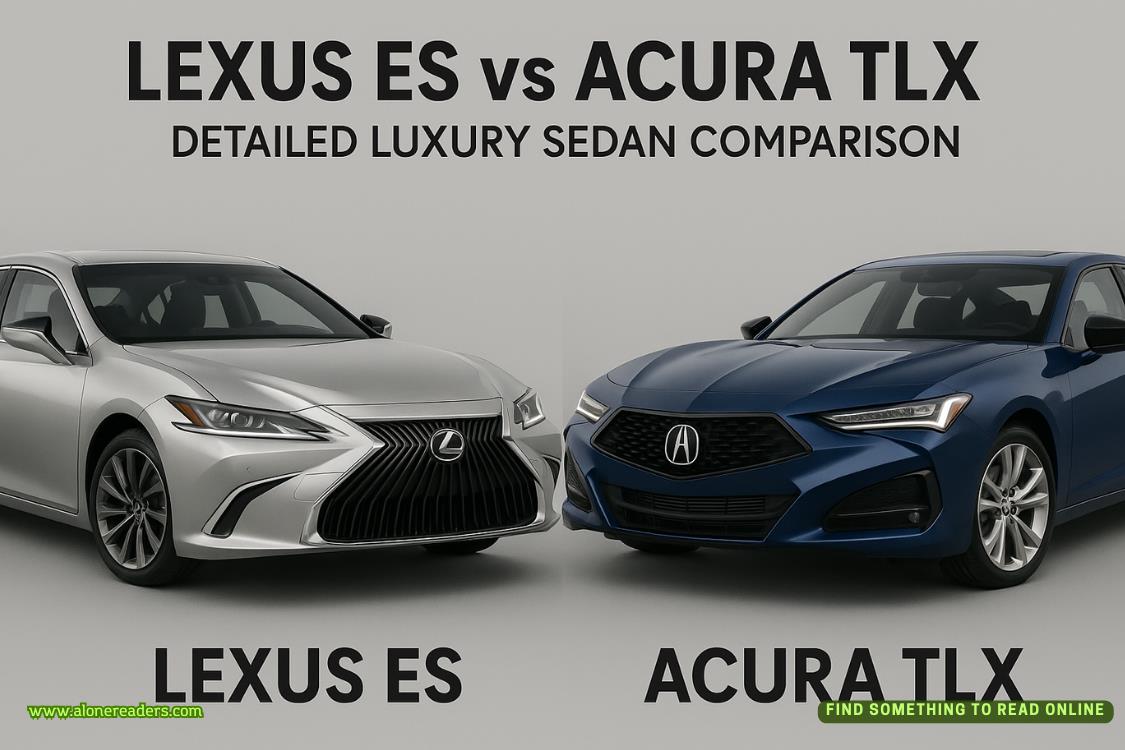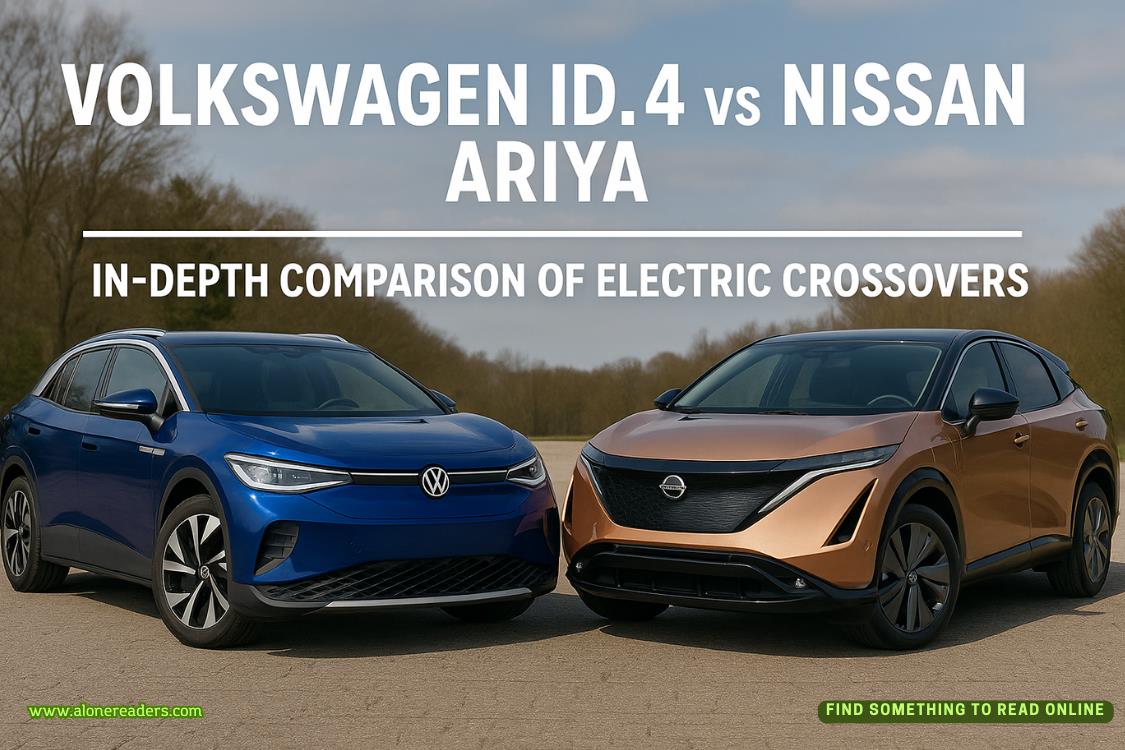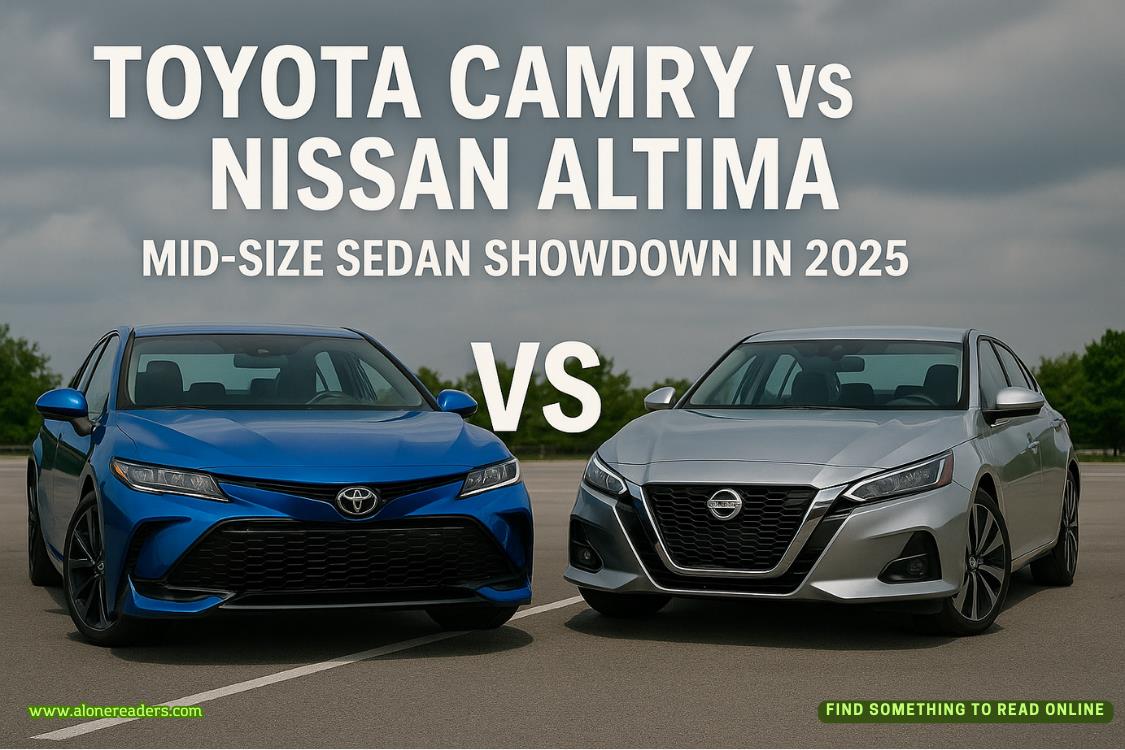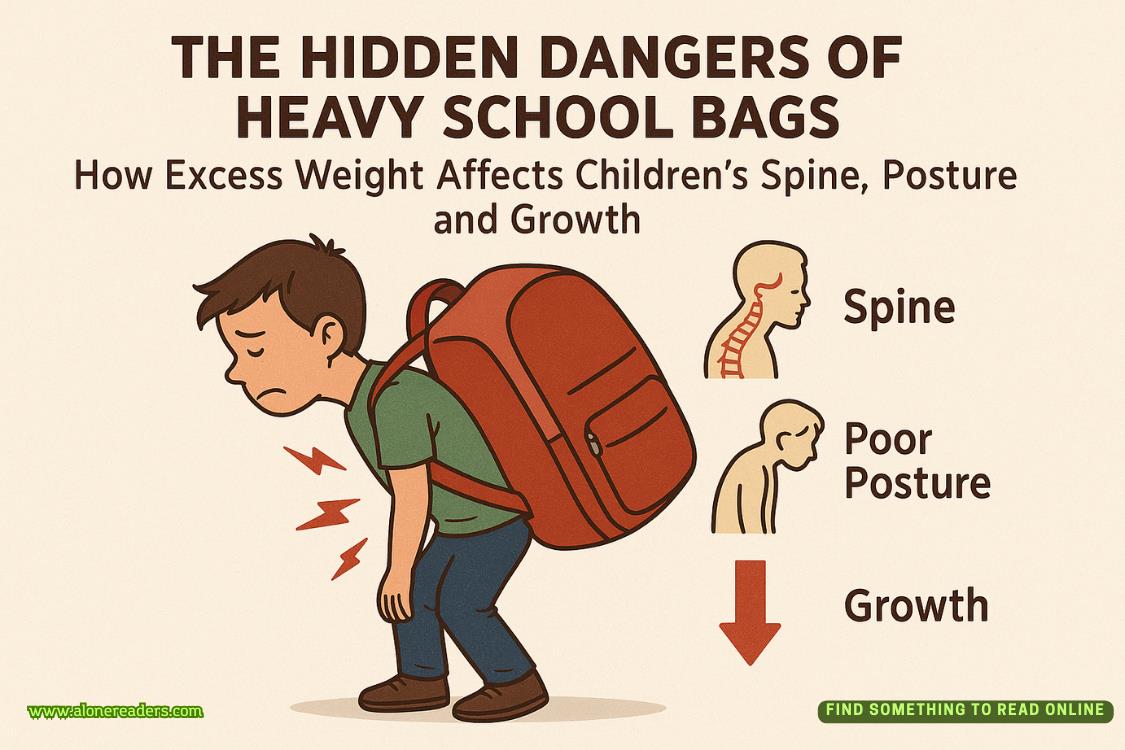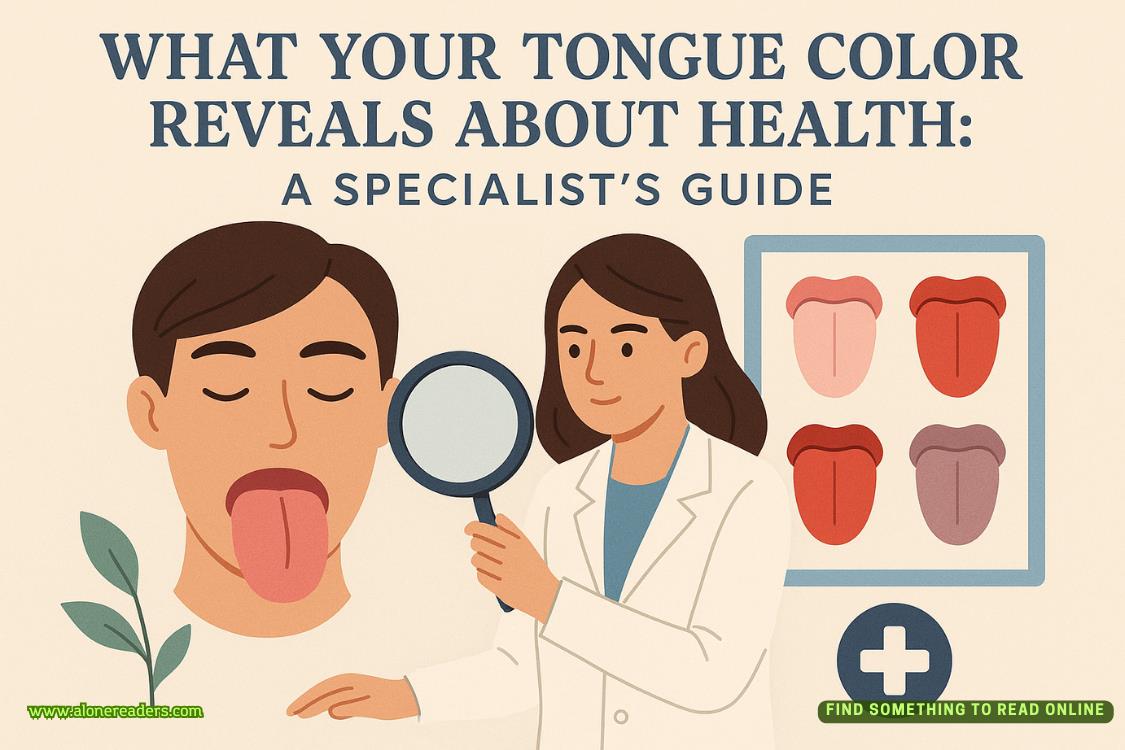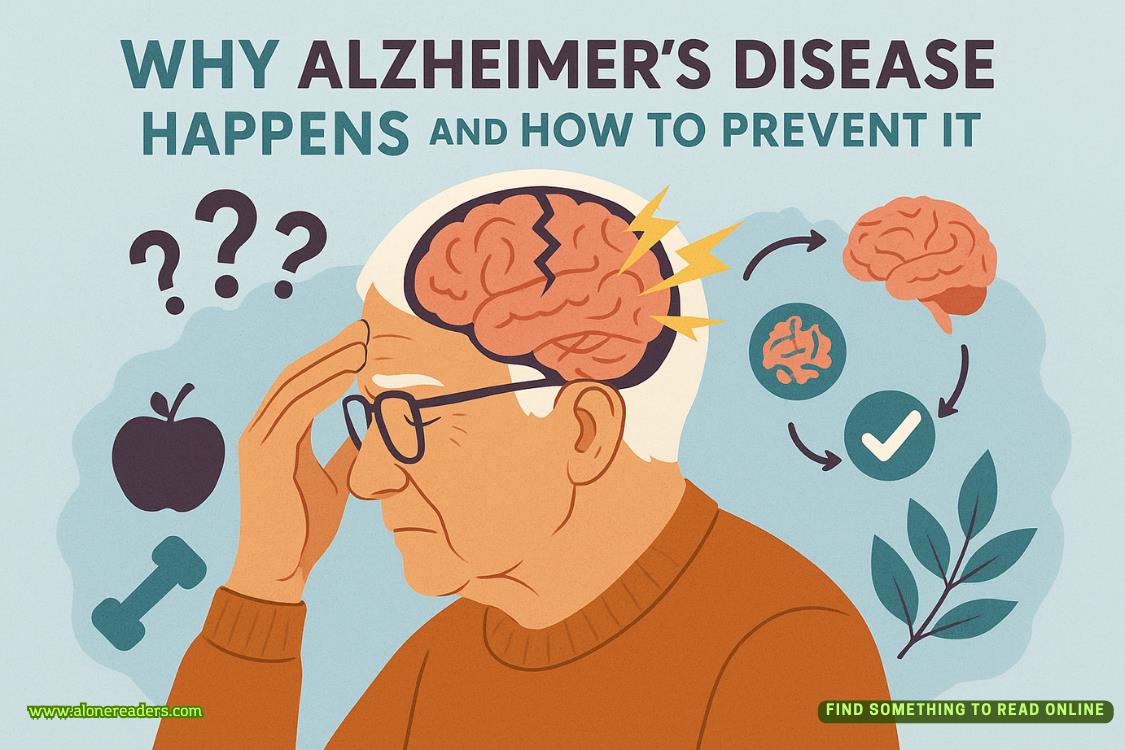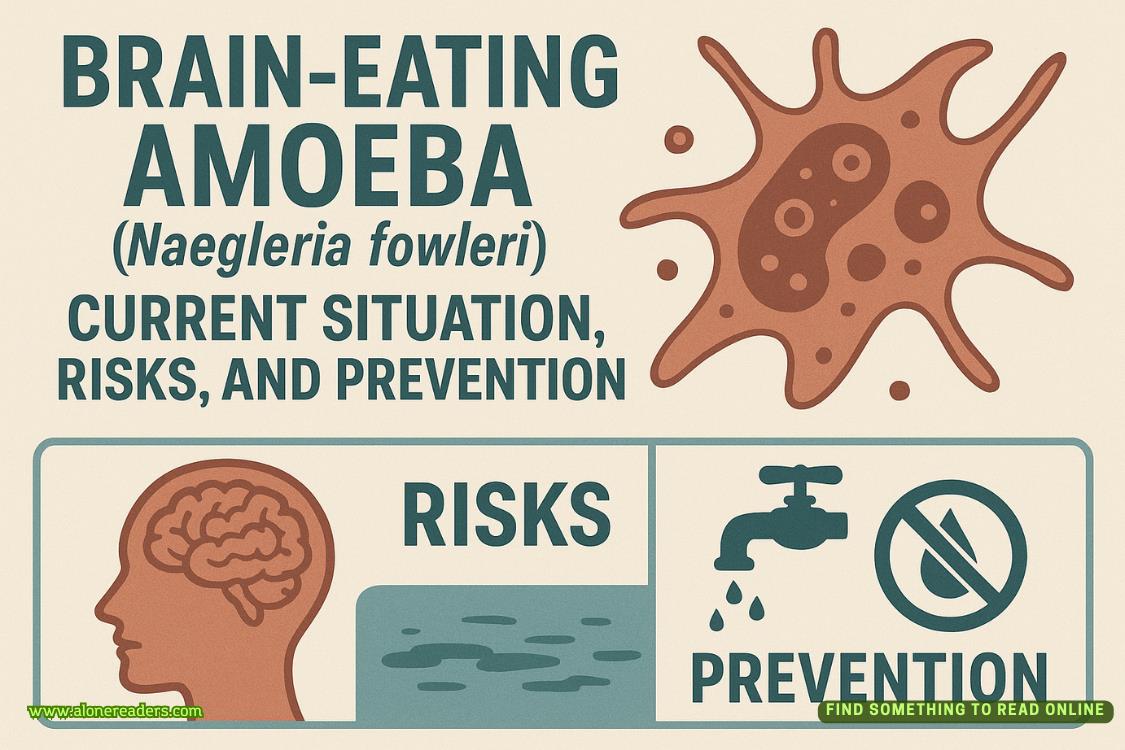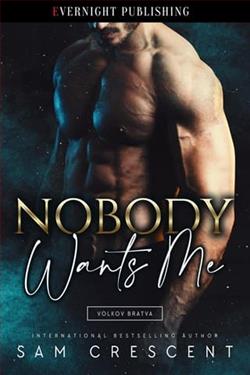Page 74 of My Big, Fat, Fake Billionaire Wedding
“Mixed opinions. The numbers don’t tell a compelling story.”
“But you’re still interested?”
I shrug. “I’m keeping an open mind.”
“That’ll be the day,” she mutters, but there’s no real heat in it. She starts flipping through pages, her brow furrowed in concentration.
I watch her for a moment. The intensity in her eyes reminds me of how she looks whenshe’s painting. Fully present. Analytical in an entirely different way than my finance team.
“These visuals are terrible,” she says suddenly.
“What?”
“These renderings.” She taps the architect’s concept sketches. “They’re completely uninspired. No wonder your team can’t see the potential.”
This wasn’t the criticism I expected. “The potential is in the numbers, Ava.”
“No, the potential is in what these spaces couldbecome.” She starts shuffling through the property photos. “Look at this. The light quality in these warehouses is incredible. Northern exposure, high ceilings, original industrial elements.”
“They need substantial renovation.”
“Of course they do. But you’re not seeing what’s already there.” She spreads out several photos. “These are artist spaces waiting to happen. Creative hubs. The kind of authentic industrial conversion that tech startups and design firms would kill for. Hell, if I didn’t have my Brooklyn studio, I’d be tempted to pick up one of these.”
I lean closer, trying to see what she sees. “The renovation costs—”
“Would be less if you preserved rather than gutted. Keep the character, add modern infrastructure.” Her fingers trace over a brick facade. “This neighborhood is on the cusp. Artists move in first, then come the galleries, the boutiques, the coffee shops. Property values triple within five years.”
“That’s a very optimistic timeline.”
“It’s a predictable pattern.” She looks up at me, challenge in her eyes. “I’ve watched it happen in Brooklyn, in Queens. I know artists. We’re like urbanpioneers. We find the beautiful, affordable spaces before anyone else realizes their value.”
Her certainty is compelling. I pull up the market projections on my tablet. “Even with aggressive estimates, the ROI doesn’t justify—”
“Your projections assume standard corporate tenants.” She shakes her head. “Create a cultural destination and you’ll attract premium clients willing to pay for authenticity and character. The Instagram factor alone changes the whole equation.”
“The what?”
“Instagram factor. TikTok. Social media, you know? Spaces that photograph well command higher rents because businesses know customers will share images, creating free marketing.” She grabs a pen and starts sketching on the back of one report. “See, if you preserved these beams, restored the original windows, added some strategic architectural lighting...”
I watch her hand move across the paper, transforming the bland rendering into something with soul. Something that tells a story.
“The standard financial models don’t account for the value of beauty,” she says softly. “But I promise you, it’s quantifiable.”
For a moment, I just stare at her, seeing her—reallyseeing her—maybe for the first time. Not as the artist who stumbled into my gallery. Not as my contractual wife. But as someone with a perspective that might actually be valuable.
“Send me your proposal,” I hear myself say.
She blinks. “What?”
“Put together your vision. Numbers, concepts, timeline. I’ll present it to the investment committee thisafternoon.”
“You serious?”
“You’ve got four hours.” I check my watch. “I’ll have Zoe set you up with the financial modeling software.”
“I don’t need financial modeling software,” she says, gathering the papers. “I need my sketchbook and your property history records.”
“This isn’t an art project, Ava.”
